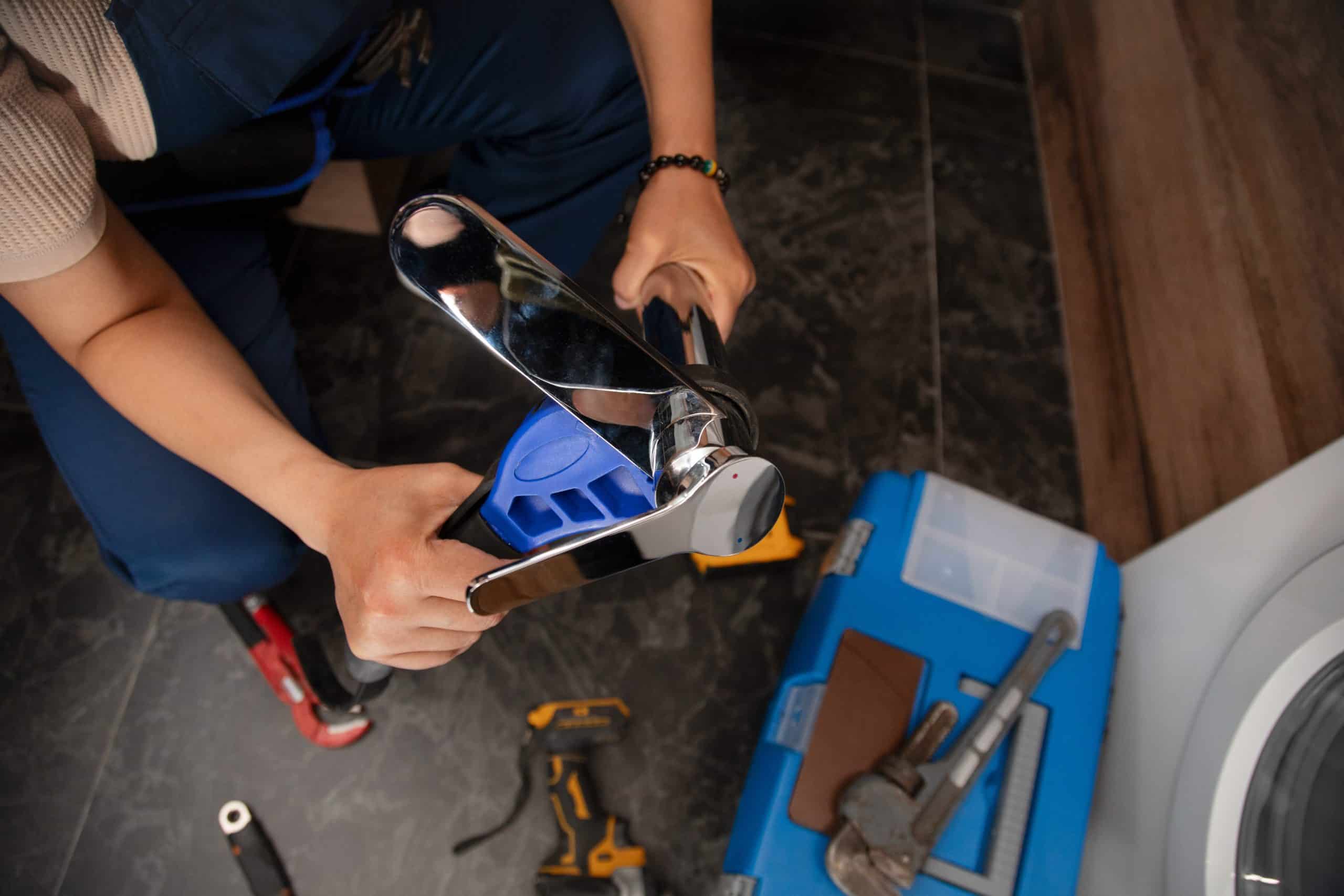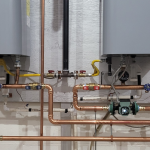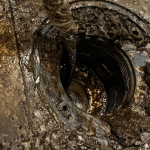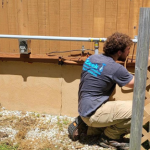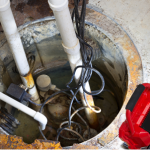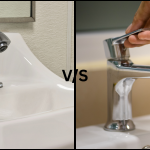Faucet leaks are more than just an annoying drip-drip-drip that interrupts your peace. They can be a significant source of wasted water and higher utility bills and can even lead to more serious plumbing issues if left unchecked. In this blog post, we’ll dive into the causes of faucet leaks, how to diagnose them, and simple DIY fixes to help you stop the drip and save money.
Why Do Faucets Leak?
Faucet leaks often stem from a few common issues. Understanding these can help you address the problem more effectively:
Worn-Out Washers:-
Washers are small rubber or plastic components that create a seal between the faucet handle and the valve. Over time, they can become worn or damaged, leading to leaks. This is one of the most common causes of a dripping faucet.
Cartridge/Stem Malfunction:-
Cartridges are on the interior of the faucet handle and as the handle is turned, the cartridge opens to allow water to flow through the faucet. When the cartridges wear out or malfunction, they can continually allow water to pass through.
Corroded Valve Seat:-
The valve seat connects the faucet to the spout. Corrosion or sediment buildup on this part can lead to leaks, especially in older faucets.
Loose Parts:-
Sometimes, a faucet leak is simply due to loose parts that need tightening. This can be a quick fix but should be noticed, as loose components can lead to further damage over time
Diagnosing Faucet Leaks
Before you dive into faucet leak repairs service, it’s essential to diagnose the problem correctly. Here’s a step-by-step approach:
Turn Off the Water Supply:-
Before you start any repairs, ensure the water supply to the faucet is turned off. This is usually done through the shut-off valves located under the sink. Turn the handles clockwise to close them.
Inspect the Parts:-
Look for signs of wear or damage on washers, O-rings, and other components. If you see any cracks, tears, or corrosion, these parts will need to be replaced.
Check for Sediment:-
Sediment buildup can cause leaks by obstructing the flow of water. Clean any sediment from the faucet parts or the valve seat if necessary.
When to Call a Professional
While many faucet leaks can be fixed with a DIY approach, some issues may require professional help. If you’re unable to identify the cause of the leak, or if the problem persists after you’ve made repairs, it might be time to contact Zeek Plumbing & Mechanical. Persistent leaks can sometimes indicate more significant plumbing issues that need expert attention.
Faucet leaks may seem like a minor inconvenience, but they can lead to increased water bills and potential damage if not addressed promptly. By understanding the common causes and performing simple repairs, you can fix most leaks yourself and save both water and money. However, if you’re ever in doubt, don’t hesitate to seek professional assistance. Keep your faucets in check, and enjoy a drip-free home!

